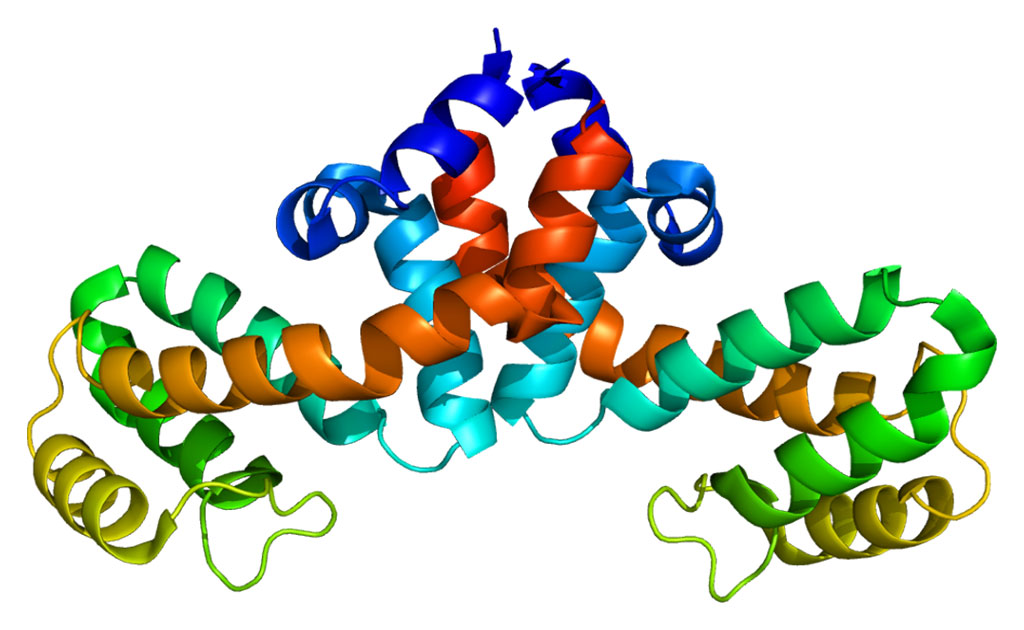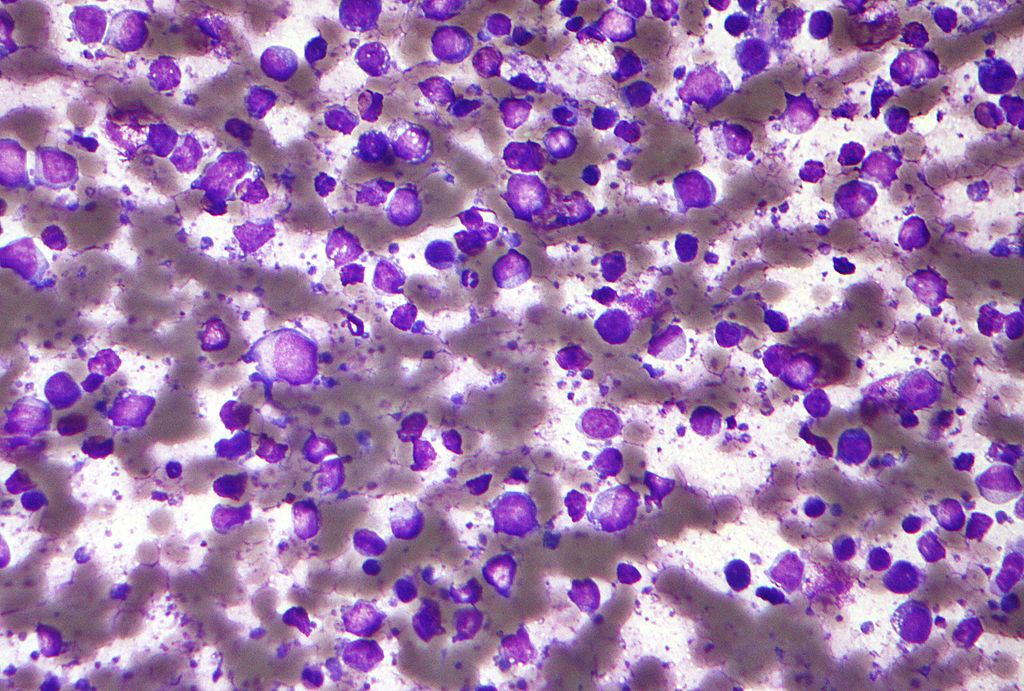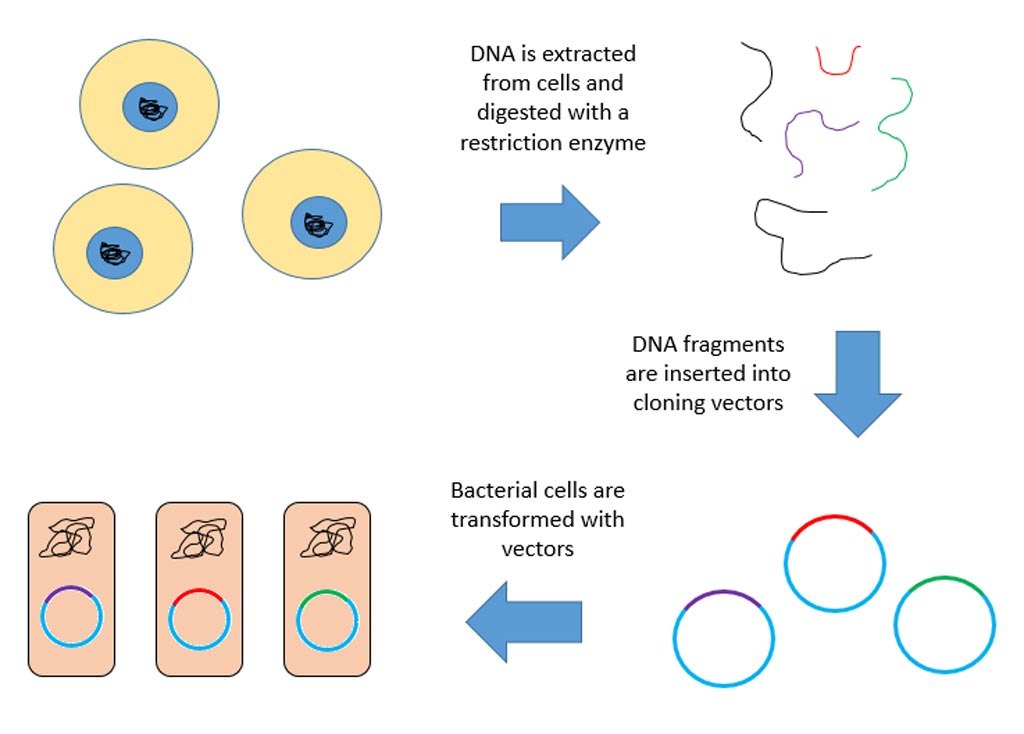RNA-Based Therapeutic Strategies for Controlling Gene Expression
By LabMedica International staff writers
Posted on 23 Feb 2012
A recently published review article summarized the state-of-the-art in drug development based on small RNA research with the emphasis on interactions between RNAs and Argonaute proteins.Posted on 23 Feb 2012
Argonaute proteins are the catalytic components of the RNA-induced silencing complex (RISC), the protein complex responsible for RNA interference (RNAi) gene silencing. Argonaute proteins bind different classes of small noncoding RNAs, including microRNAs (miRNAs), small interfering RNAs (siRNAs), and Piwi-interacting RNAs (piRNAs). Small RNAs guide Argonaute proteins to their specific targets through sequence complementarity, which typically leads to silencing of the target. Some of the Argonaute proteins have endonuclease activity directed against messenger RNA (mRNA) strands that display extensive complementarity to their bound small RNA, and this is known as Slicer activity. These proteins are also partially responsible for selection of the guide strand and destruction of the passenger strand of the siRNA substrate.
The review article, which was published in the January 27, 2012, online edition of the journal Nucleic Acid Therapeutics, was written by investigators at the University of Texas Southwestern Medical Center (Dallas, USA).
The authors combed the tremendous number of journal articles - over 40,000 publications related to small interfering RNAs (siRNAs) have been published since the original observation of mammalian RNA interference (RNAi) – to try to answer three questions: 1) Do small RNAs naturally regulate processes like transcription and splicing in human cells, 2) what is the mechanism of nuclear RNAi and transcriptional gene silencing in mammals, and 3) can exogenous small RNAs be used to predictably control nuclear events in human cells, potentially leading to novel nucleic acid-based drugs?
Answering these questions requires understanding how the RNAi machinery functions in the nucleus. This review discusses common features of characterized nuclear RNAi pathways and focuses on two key components – Argonaute proteins and nuclear RNAs.
The reviewer’s summary stated that, “Gene-specific control of transcription or splicing has opened up new therapeutic opportunities. Oligonucleotides have previously been shown to function in the nucleus by targeting pre-mRNA or nuclear-localized RNAs. The presence and demonstrated function of Argonaute protein and other RNAi factors in the nucleus of mammalian cells indicates a new and exciting therapeutic option.”
Related Links:
University of Texas Southwestern Medical Center










 (3) (1).png)


